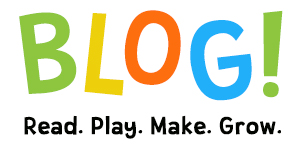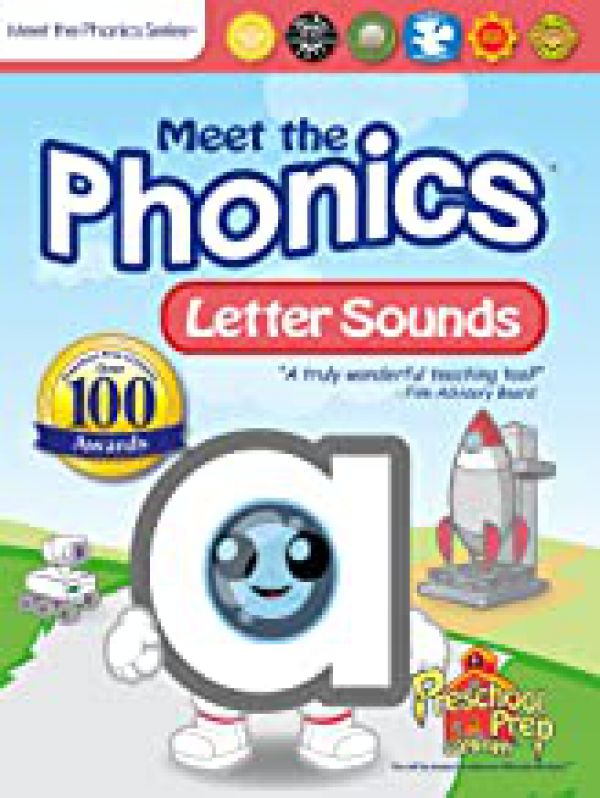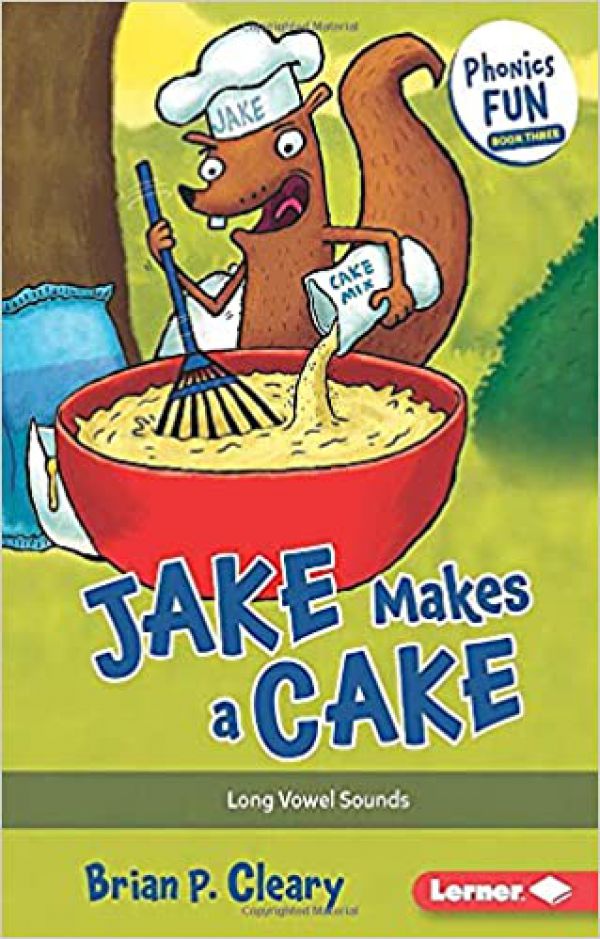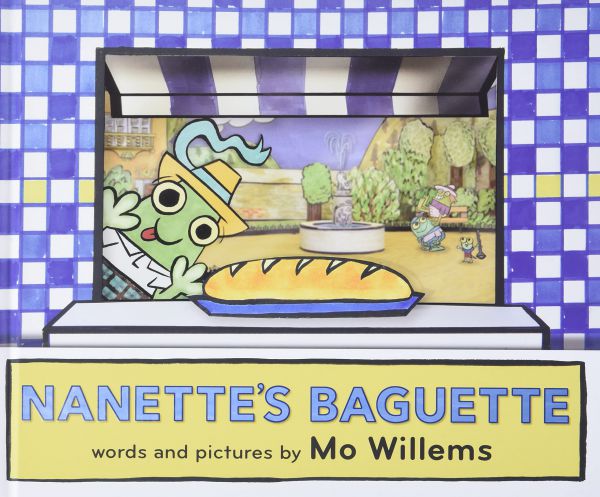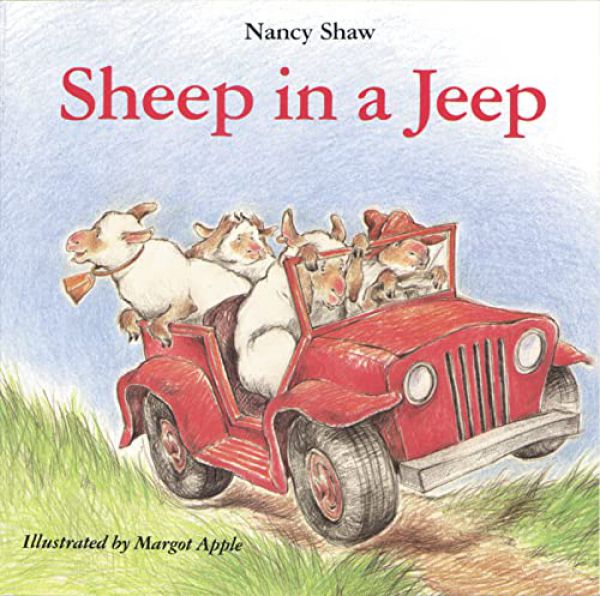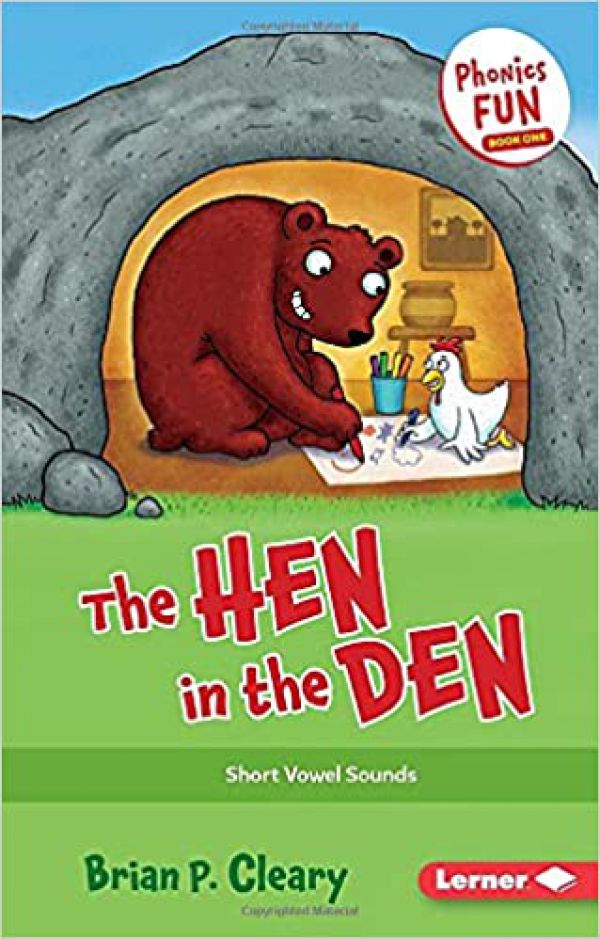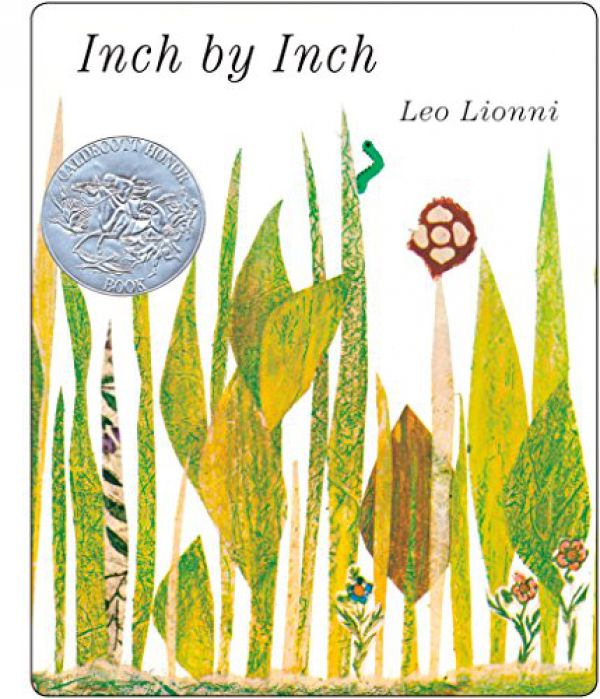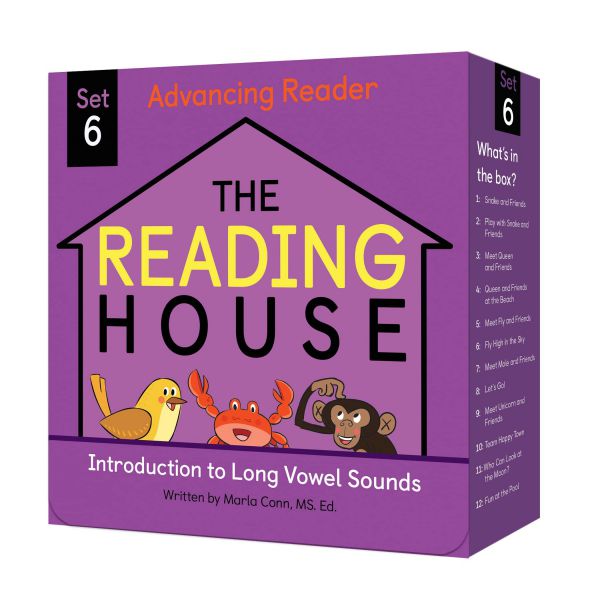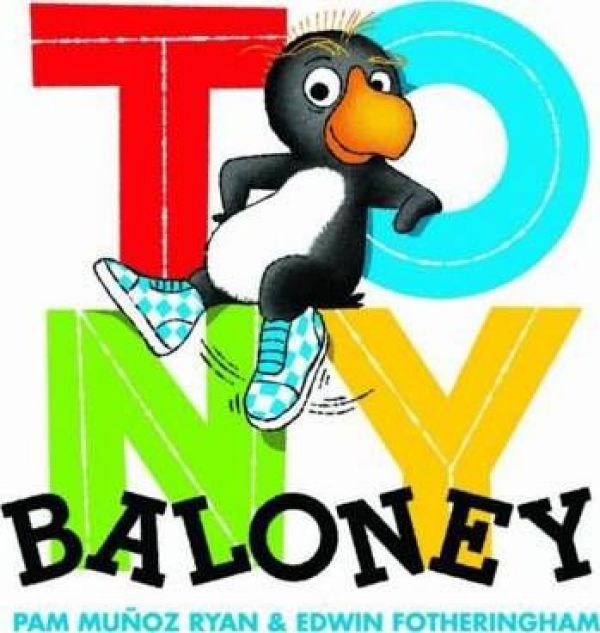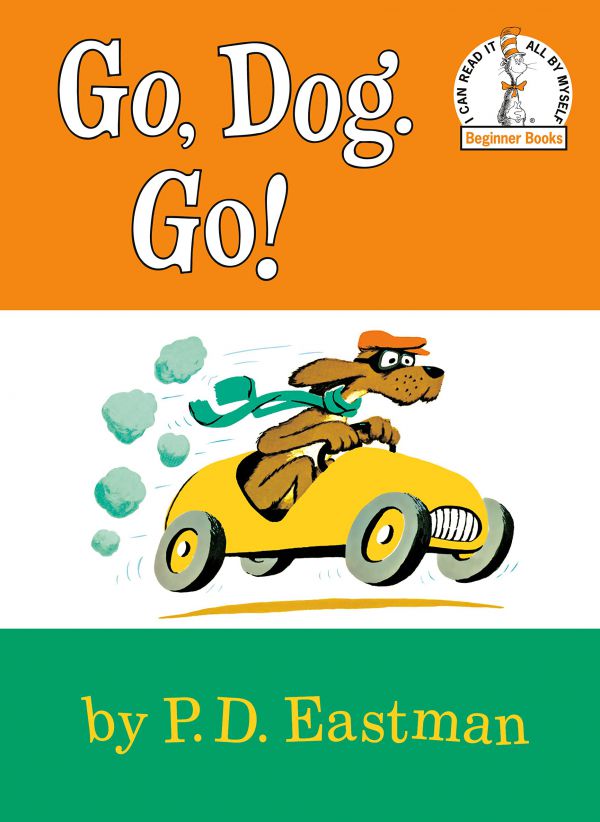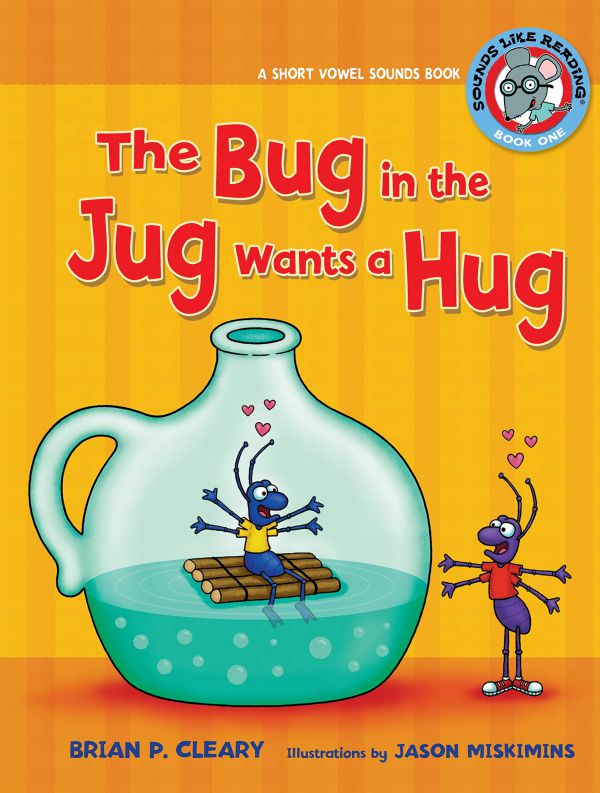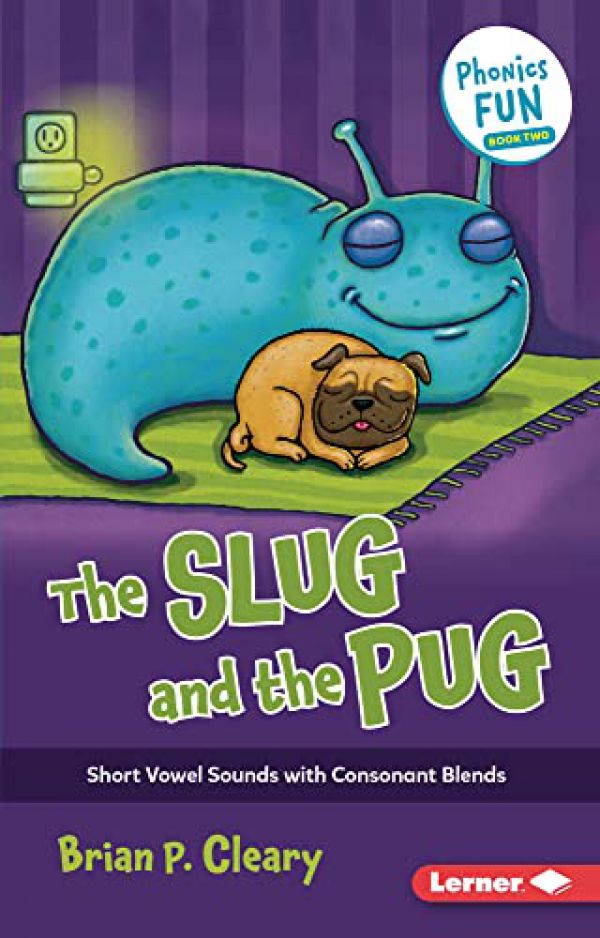Let’s hear it for the vowels!
Get to Know Short and Long Vowels
Recognizing letter sounds is a fundamental part of learning how to read. Now that your beginning reader is familiar with consonants, it’s time to introduce 5 (sometimes 6) letters that make it even easier to begin decoding words. Vowels – a, e, i,o, u, and sometimes y – are found in every word and can be tricky for new readers. However, a little daily practice at home can make vowel letters and sounds less intimidating.
Short vs. Long
Vowels are tricky because they can say different sounds, a long sound and short sound.
The long sound, like the i in light, is when the vowel says its name.
The short sound, like the a in cat, is when it has a specific sound.
When learning vowels and their pronunciation, you may see symbols above the vowels. These symbols tell the reader if the vowel is long or short.
- The long vowel sound symbol is a horizontal line above the vowel called a macron. They look like this: Ā or ā. For example; the pronunciation of light would look like this: līght.
- The short vowel sound symbol is a curved line above the vowel called a breve. They look like this: Ă or ă. For example; the pronunciation of cat would look like this: căt.
Fast tip: Many of the words that have a short vowel sound follow a pattern. This pattern is called CVC. Which means a consonant, a vowel, and another consonant.
For example: bed follows the CVC pattern. b ( consonant), e (vowel), and d (consonant).
Fast tip: The letter “y” is likely to make a long or short vowel sound when found at the end of a word.
For example:
In a one syllable word “Y” says “I” Example: cry, shy, try,
In a two syllable word “Y” says “E” Example: bunny, happy, city
Great reads that showcase vowels...
Activities to Try
Word Building
CVC words are an important tool for beginning readers, yet no hard hats or hammers will be necessary for this activity. The goal is to create words using consonant and vowel letters to become an expert word builder.
To begin:
1. Divide a plate or tray into thirds.
2. Create two labels similar to the ones shown below. ( VOWELS & CONSONANTS)
3. Create letter tiles using squares of paper, similar to what is shown below. Consonants are in black and vowels are in red. These can be created on a computer or they can be handwritten and cut out.
4. The bottom section will be used for the word you and your child build together.


Explore and Extend
Change it up: Give your child a word and then ask them to switch it to another word by changing one tile only. For example, if you made the word cat you can switch the first letter c to a b to make- bat.
Your beginning reader would select the one tile to change.
Word Ladders: Give 3 letter tiles to build a CVC word. Then switch the initial sound from “cat” to “bat” to “sat.”
Practice makes progress-make it a song!
Short vowel sounds, like consonant sounds, take a little practice. Try practicing short vowel sounds in familiar songs. You can sing these practice songs in the car, in the bathtub, or at the park.
Old MacDonald had a farm a-e-i-e-i-o.
And on that farm he had a cat.
With an {short a sound here} {short a sound here} here
And an {short a sound here} {short a sound here} there
Here an {short a sound here}
There a {short a sound here}
Everywhere a {short a sound here} {short a sound here}
Old MacDonald had a farm, a-e-i-e-i-o!
Example of a song using this trick
Old MacDonald had a farm a-e-i-e-i-o
And on that farm he had a hen
And on that farm he had a pig
And on that farm he had a dog
And on that farm he had a duck
Long vowels songs may include:
The song…..Row, Row, Row Your Boat.
Apples and Bananas. This song allows the singer to change the vowels to add more fun to the song.
For example: one of the lyrics replaces the short A with Long a. It would sound like: “I like to āte, āte, āte, āpples and bānānās.” The song continues to replace the vowels so kids can hear the sound those vowels make.
Letter Mark
Once the weather gets warmer, you can use sidewalk chalk to write all vowels on the sidewalk.
Give your child a bean bag or water squirter and call out a letter for them to toss the bean bag or spray, tagging the correct letter. This works for calling out sounds as well.

Explore and Extend
Don’t forget to mix up lowercase and uppercase letters to make it a little more exciting and a lot more educational.
For an extra challenge mix up the letters so they are not in alphabetical order.
What Comes Next?
Remember, practicing sounds and letter recognition will help develop your child’s curiosity for reading, as well as the skills they will use to decode words. We are cheering you on!
Be sure to check out our Beginning and Early Reader Kits, available in the YS Department.
 Youth Services Assistant Librarian Erin
Youth Services Assistant Librarian Erin
 Youth Services Assistant Librarian Karen
Youth Services Assistant Librarian Karen

